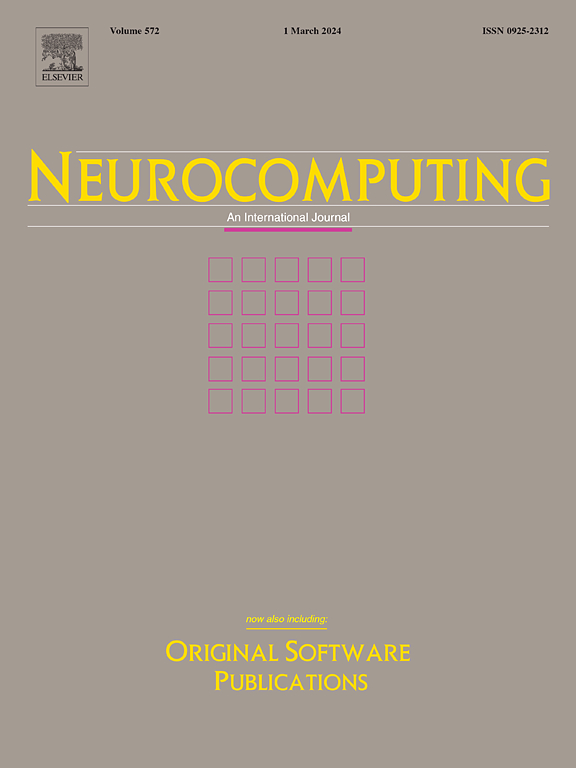时变空间分布过程的有效增量模型约简方法
IF 5.5
2区 计算机科学
Q1 COMPUTER SCIENCE, ARTIFICIAL INTELLIGENCE
引用次数: 0
摘要
复杂空间分布过程(sdp)的准确和高效建模是该领域研究人员面临的重大挑战。为了解决与时空建模相关的问题,已经开发了各种建模方法。传统的离线建模方法需要包含系统全部动态特征的时空数据集的可用性。在实际应用程序的上下文中,特别是在时变sdp的情况下,不可能完全满足这个先决条件。此外,通过重复应用离线算法来更新模型的过程本身就很耗时。本文提出了一种有效的时变sdp增量模型约简方法。在初始化阶段之后,采用改进的Gram-Schmidt正交化方法,按顺序提取特征子空间。然后利用时空综合来重建时空动态。在一个典型的扩散反应过程中对该模型的有效性进行了评价,对比实验结果表明,该算法是在线学习时变sdp的有效方法。本文章由计算机程序翻译,如有差异,请以英文原文为准。
Efficient incremental model reduction approach for time-varying spatially distributed processes
The accurate and efficient modeling of complex spatially distributed processes (SDPs) represents a significant challenge for researchers in the field. A variety of modeling approaches have been developed with the objective of addressing issues related to spatiotemporal modeling. The conventional offline modeling approaches necessitate the availability of a spatiotemporal data set that encompasses the entirety of the system’s dynamic features. It is not possible to fully satisfy this prerequisite in the context of real-world applications, particularly in the case of time-varying SDPs. Furthermore, the process of updating the model by repeatedly applying the offline algorithm is inherently time-consuming. In this paper, we put forth an efficient incremental model reduction approach for time-varying SDPs. Following the initialization phase, the modified Gram–Schmidt orthogonalization method is employed to extract the feature subspace in a sequential manner. The time-space synthesis is then utilized to reconstruct the spatiotemporal dynamics. The efficacy of the model is evaluated on a representative diffusion-reaction process, and the comparative experimental outcomes demonstrate that the presented algorithm is an efficient and effective approach for the online learning of time-varying SDPs.
求助全文
通过发布文献求助,成功后即可免费获取论文全文。
去求助
来源期刊

Neurocomputing
工程技术-计算机:人工智能
CiteScore
13.10
自引率
10.00%
发文量
1382
审稿时长
70 days
期刊介绍:
Neurocomputing publishes articles describing recent fundamental contributions in the field of neurocomputing. Neurocomputing theory, practice and applications are the essential topics being covered.
 求助内容:
求助内容: 应助结果提醒方式:
应助结果提醒方式:


